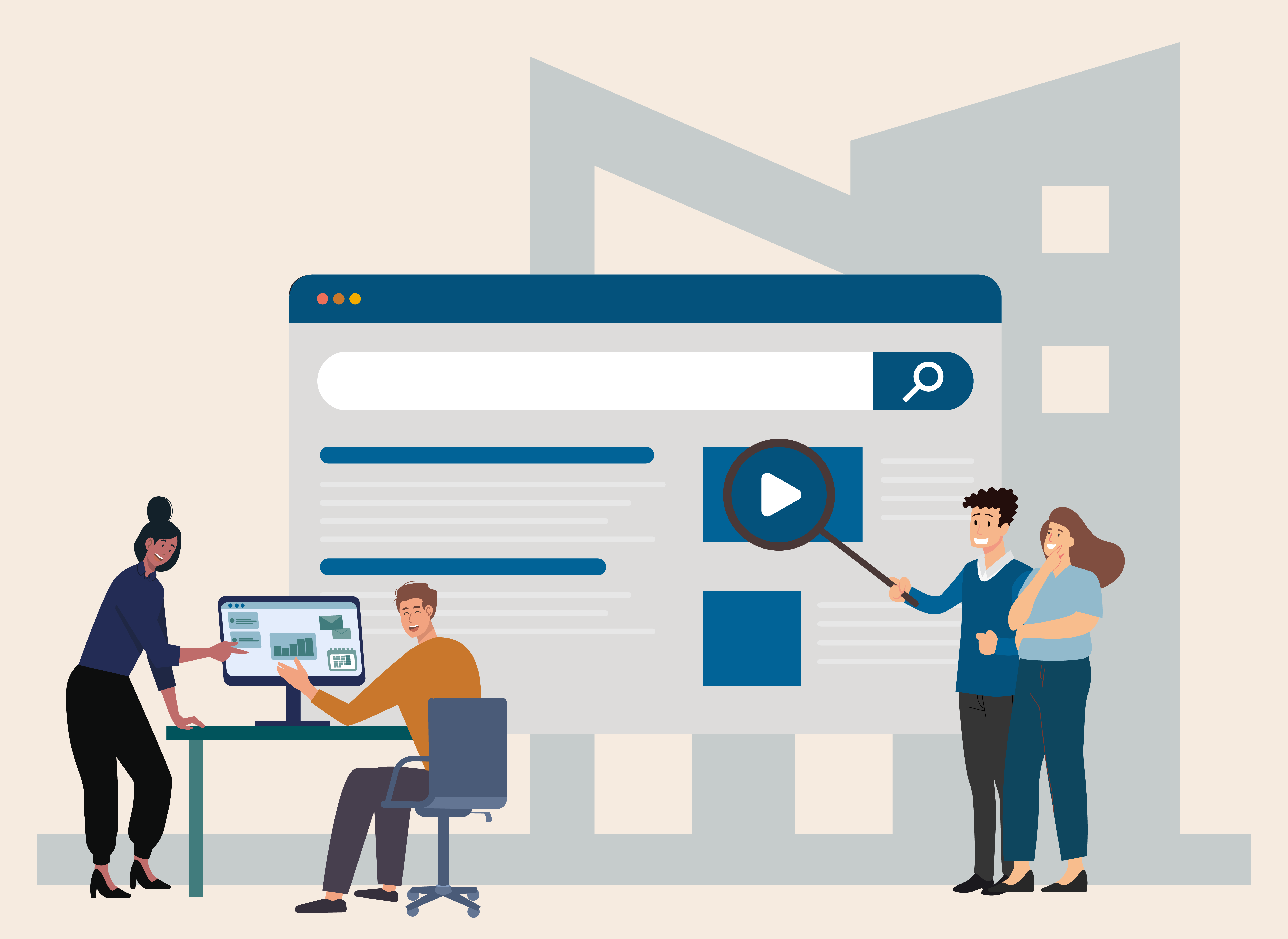From "New Work" to "New Normal"
What was "New Work" yesterday is "New Normal" today
"New Work" - this term encompasses the changes in the world of work that are primarily driven by the digital transformation. The coronavirus pandemic has given this development an unforeseen boost: "New Work" is turning into the "New Normal" faster than expected in many places. But what does that actually mean?

Working life has changed dramatically in recent years: Mobile and virtual forms of work and organization have increased enormously, and a return to old habits seems unthinkable. In her study, Jutta Rump, professor at the Ludwigshafen Institute for Employment and Employability, defines and structures the concept of the "new normal": she identifies seven dimensions and three aspects within each dimension that shape the new normal. Two of the dimensions - collaboration and organization - are directly related to work-life balance.
"Collaboration" dimension: stationary - hybrid - virtual
-
Stationary
Certain activities and processes require stationary working, meaning that face-to-face communication and cooperation will continue to exist. In other areas of work, virtual forms of communication and cooperation will continue to expand until companies are organized exclusively digitally.
-
Hybrid
Hybrid models lie between these two extremes, often with the intention of combining the "best of both worlds". However, this presents companies with new challenges: How does the team culture develop when some colleagues work on site and others work remotely or from a home office? Those who work on site can communicate more easily, even non-verbally, while colleagues who work remotely - i.e. outside the company - may feel "left out". The importance of mediation and moderation should therefore not be underestimated, especially in hybrid models. It can help to avoid tensions and blocking.
-
Virtual
There are two further aspects to consider in hybrid, but especially in purely virtual collaboration: Many digital meetings a day can lead to a special kind of tiredness or exhaustion, known as "zoom fatigue". There is often no short break between meetings - no change of room, no stop at the coffee bar, no chat with other employees. Poor concentration, headaches and eye pain can be the result. At the same time, shifting work to the digital world can mean that business trips in the real world are no longer necessary: Commuting to work is reduced, business trips are replaced by digital encounters. This saves time and resources, an effect that is also relevant for companies in terms of sustainability and climate targets.
"Organization" dimension: agile work - mobile work - flexible forms of work
-
Agile working
Agile" forms of organization and work are part of the new normal. Self-determination, self-organization and flat hierarchies should enable innovation and improvements. There are different ways of anchoring this approach in the company. Companies often integrate individual agile elements into their day-to-day work (scrum, design thinking, etc.), with the teams themselves determining the scope of these elements.
-
Mobile Work
Mobile working has also increased significantly due to the pandemic and is part of the new normal for many employees. According to many experts, this will remain the case even after the crisis: In many places, teams will organize themselves in a hybrid way. Creating a mix of stationary and mobile work is a major challenge for companies. The basic rule is that presence will be replaced by accessibility. Managers must be prepared for one thing: Tensions may arise within the team because some of the workforce may be able to decide where they work, while others are tied to their place of work.
-
Flexible forms of work
The third factor in the new normality is already known and proven in some companies, especially during the pandemic: The flexible design of working models. It is a tried and tested tool for improving the work-life balance. As both professional and private demands are becoming more complex for many employees, more and more people without direct responsibility for children or relatives in need of care want to organize their working models and hours flexibly. There is already a wealth of models and concepts that enable companies and employees to balance their needs. However, one neuralgic point is the different, sometimes even contradictory objectives of agile and flexible working: If an agile team is in the middle of a work process, it can be disruptive if, for example, a team member has to stop work and pick up the children from daycare. Such "friction" cannot be completely avoided, but it can at least be significantly reduced with the right organizational forms.
Where can we find help and advice?
For more information and to learn about the other dimensions of the new normal, visit the website of the Institute for Employment and Employability at Ludwigshafen University of Applied Sciences:


